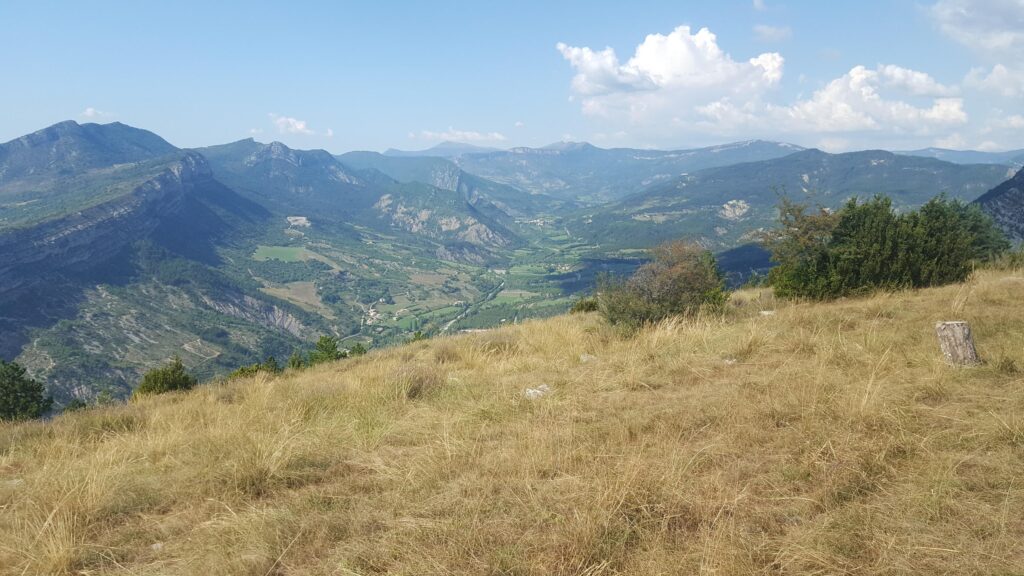There are quite a few things we do without being fully aware that they are happening. It is one of the great inventions of being a human and finding ways to automate many of the details which allow us to live our day to day life.
Without this ability to let things happen “on their own” we would hardly be able to perform as much as we can. Imagine how tedious driving a car would be if you had to take the time to think and decide every little movement in that process. It would become unnatural.
The drawback is that we tend to forget our ability to become aware of the decisions we are making. For some, this is comfortable as it allows to make others or events responsible for their fate. For others, this is uncomfortable as it feels as if they don’t have any impact on their fate.
The thing is, neither of them is right or wrong.
In “the structure and dynamics of organizations and groups” Eric Berne described it as follows:
“Nature is not necessarily influenced by intent but produces her effects regardless of the expressed wishes of those who try to control her.”
We can’t control the result but we can create an impact.
It’s how we influence our fate and even more so our daily life.
One of the most challenging decisions we can make are the ones to set limits. They are difficult because they seem to determine the output. They seem to determine the reactions we will receive. They feel like our opportunity to control the result.
The problem with limits is that they rarely will be clear and exact to determine. How can we describe quality or satisfaction when they are only visible in the result?
Maybe it helps to play with semantics here and use edge instead of limit.
When I think of an edge I see the image of a cliff with a beautiful landscape I can watch. I can move closer to the edge to feel even more impressed by the landscape and will still keep in respectful distance. In my mind, a limit resembles more a wall, something with no interest but danger. It’s the end. An edge is something I can move closer to and see the big picture. It’s a place to grow.
The other difficulty with limits is, that they usually create a contrast. Achieving quality requires to invest time, but how much gain in quality can we achieve by investing more time? Will investing more time create substantially more satisfaction, enough to create the impact we wanted to create?
When figuring out these opposing edges, we can help ourselves by prioritizing them. If you value quality more than time, then it is ok for you to invest more time to achieve more quality. If you value time more than quality, then it is ok for you to stop seeking more quality after investing the time planed.
Our art then becomes how we learn to deal with these edges.
When we start to use them we’ll inevitably underestimate or overestimate one of the edges.
If you want to play with edges, have a look at Seth Godin’s Ship It Journal. The journal is there to help you plan and organize your project. One step in the process is called “pick some edges”.

